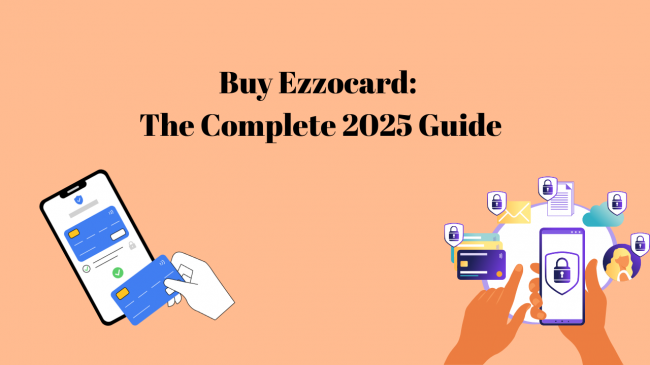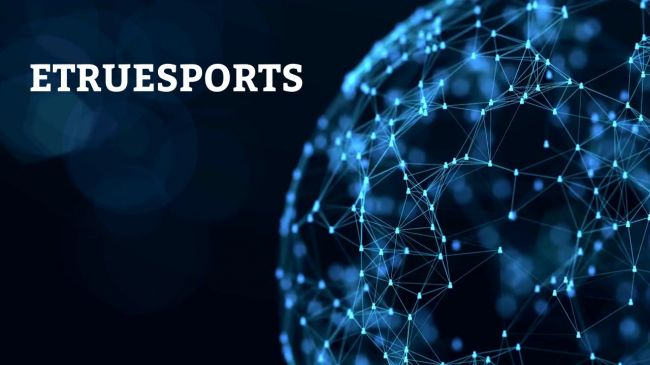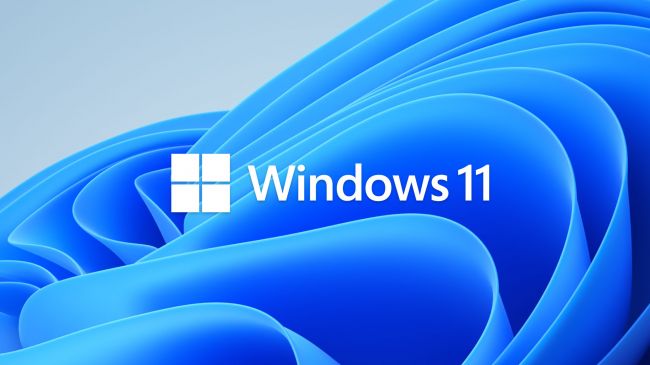After nearly a decade of visual consistency, Google has introduced a minor yet noticeable redesign to its standalone “G” logo—the multi-colored icon seen across many of its services. Though subtle in appearance, the change represents a design shift that users are already beginning to see in select apps.

The Last Change: 2015
The previous version of the “G” logo was introduced in September 2015 as part of a broader rebranding effort. It featured four bold color blocks, red, yellow, green, and blue, arranged within the circular “G” shape, separated by clear, hard lines. It reflected the flat design trend of the time, prioritizing simplicity and geometric clarity across screens.
What’s Different in 2025
The new version of the “G” logo maintains the same color scheme and shape but applies a gradient transition between the colors. This gives the icon a smoother, more blended appearance, replacing the distinct segments with a single continuous flow of color. The structural design remains unchanged, but the visual texture is softer and more fluid.
Here’s a breakdown of how the two compare:
Updated Comparison: Old vs. New Google “G” Logo
| Aspect | 2015 Version | 2025 Version |
| Color Layout | Four solid blocks (red, yellow, green, blue) | Gradient blending all four colors |
| Edges & Lines | Clear segmentation | Seamless color transitions |
| Visual Effect | Flat, bold, geometric | Soft, layered, more organic |
| Design Context | Aligned with flat design era | Matches modern UI with AI-inspired aesthetics |
| Availability | Rolled out universally | Limited rollout on iOS, Pixel, and Android beta apps |
Where the “G” Logo Appears in Everyday Use
Despite being just one letter, the “G” logo has broad visibility across Google’s services. It functions as a brand marker and entry point across various platforms, making its redesign more impactful than it seems.
You can find the “G” icon in:
- App icons for Search, Assistant, and Lens
- Voice search buttons on Android phones
- Browser favicons and Google homepages
- Smart home device interfaces
- Login prompts via “Sign in with Google”
Because of this high-frequency exposure, even a minor visual change affects billions of user interactions. Google’s decision to apply gradients enhances the logo’s adaptability to different screen types and modern design themes, particularly on high-resolution mobile displays.
Before and After: Why It Feels Different
Side-by-side, the new logo appears softer and more cohesive, especially on smaller screens. The previous hard-edged segments emphasized clarity and distinction, while the updated gradient style favors visual harmony. This change improves consistency without altering brand identity.
Current Rollout
As of now, the new logo appears in the Google Search app on iOS, on some Pixel devices, and in the beta version of the Google app for Android. Other platforms, including web and older Android devices, still display the 2015 version. A full rollout timeline has not been confirmed.
Post Comment
Be the first to post comment!
Related Articles

Buy Ezzocard: The Complete 2025 Guide
Nov 26, 2025


